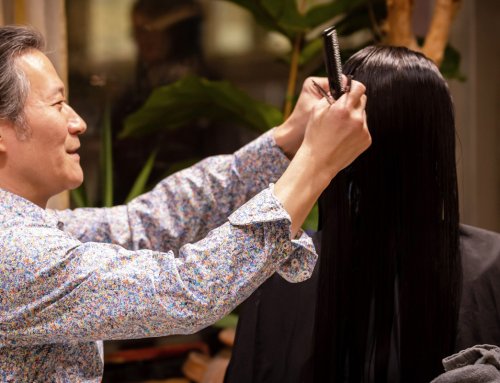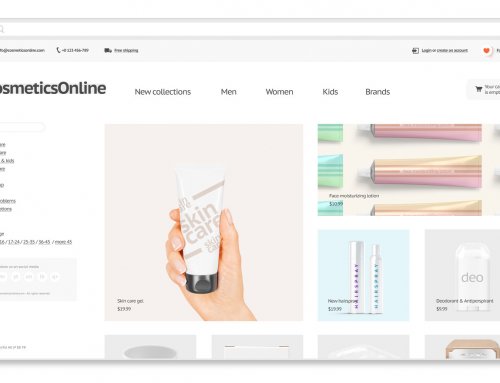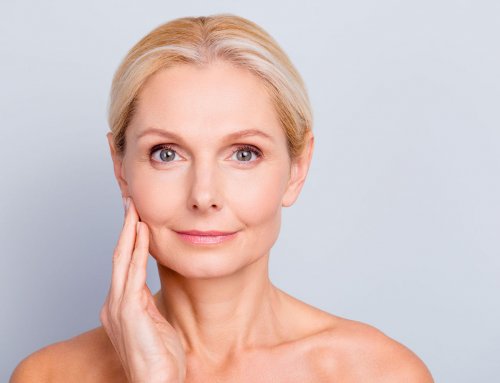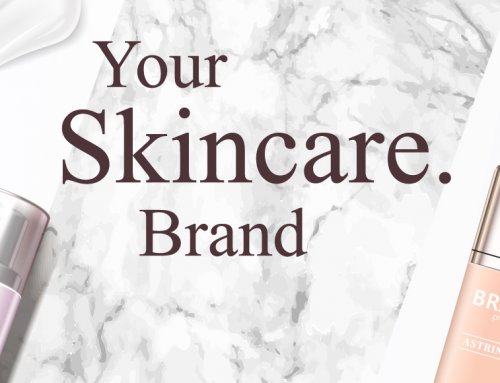The seasonality of certain aesthetic treatments, such as laser resurfacing, often results in a decrease in bookings in the summer months, however, it typically picks up in the winter when there is less ambient UV exposure. Many practices offer special packages and promotions during the winter which encourages clients to take advantage of these more seasonally aligned treatments.
With the advancements and innovation in the laser based treatments, practices have a wide range of devices to choose from. There is often a tendency to rely on devices alone to enhance skin condition but there are other ways to set your practice apart. During a consultation, you suggest a treatment plan for the patient which includes a range of in-clinic treatments. Patients are often eager to book appointment(s) for the recommended treatment, however in many cases their skin is not in its optimal condition to most benefit from the laser (or treatment) prescribed. Pretreatment homecare can play a vital role in an outstanding end result.
Before a professional painter begins painting, they usually prepare the canvas by priming it to create a solid foundation. With the same concept in mind, it is a fundamental step to have your patient’s skin prepped and primed before preforming any aesthetic procedure. Pre-treatment can involve a topical homecare regime or an in-clinic treatment such as chemical peels or microdermabrasion. Pre-treatment prepares the skin for what is to come while adding nutrients necessary for repair. When you perform a procedure on your patient, you want the skin to be in its healthiest condition because healthy skin responds better to treatment. Pre-treatment regimes will vary depending on your patient’s skin type and the in-clinic treatment being performed. This valuable step sets the tone for the patient’s journey with you and your team. Tailoring a customized treatment plan for your patient adds that “special touch” that enhances their overall experience and shows you care about them.
Patient demand for non-surgical, non-invasive, minimal downtime aesthetic procedures has grown exponentially in recent years. With this in mind, it is recommended to inform your clients how they can reduce undesirable outcomes and accelerate post-operative healing. The goal of any pre-treatment regime is to optimize healing and reduce the risk of infection, scarring and hyperpigmentation. Several studies have convincingly demonstrated that pretreatment with retinoids before laser resurfacing treatments speeds wound healing 1, by increasing keratinization and collagen production. Retinoids have also been shown to decrease the risk for postoperative milia and hyperpigmentation, as well as allowing better penetration of the laser beam2.
For decades, aesthetic laser devices were recommended exclusively for lighter skin tones, due to the high risk of post inflammatory hyperpigmentation to skin types 4 and above. Technological advancements and the emergence of new devices and better ways of using existing devices have resulted in laser treatments becoming more accessible to a broader range of skin types. That said, even with these advancements, PIH is still one of the biggest complications experienced from laser treatments, thus making preventative measures highly necessary to mitigate this issue. Prior to treatments, mineral SPF 30+ and other cosmeceuticals containing tyrosine inhibitors such as Azelaic Acid, Kojic Acid, Arbutin, some Peptides and Licorice Root have become sought after ingredients by aesthetic professionals to suppress melanin production pathways. Pre-treatment with topical actives should begin several weeks prior to treatment as these actives require time to take effect. Other changes in homecare such as discontinuing the use of retinoids and other photosensitive, are also recommended immediately preceding in-clinic treatments.
Achieving and maintaining optimal skin health is the cornerstone of any aesthetic procedure and should be seen as the goal for all professional practices. Approaching treatments from a holistic perspective, considering what is needed prior to, during and post treatment will greatly improve outcomes that will reflect well on your cosmetic practice and patient relationships. Helping your patients achieve the results they are looking for in the sensible way where skin health is the core, will likely result in a happy, long-term patient who leaves your practice with a desire to return.
1. J Am Acad Dermatol. 1998 Aug;39(2 Pt 3):S79-81. The role of retinoids in wound healing
2. Lupo MP, Jacob LG. Cosmeceuticals for enhancing cosmetic procedures. In: Farris PK, ed. Cosmeceuticals and Cosmetic Practice. Oxford, United Kingdom: Wiley-Blackwell; 2014:268-276





